Government Incentives and Policies
Supportive government policies and incentives are crucial drivers for the Battery For Inverters Market. Many governments are implementing subsidies, tax credits, and grants to promote the adoption of energy storage systems. These initiatives aim to encourage the use of renewable energy and improve energy efficiency. In 2025, various regions are expected to enhance their regulatory frameworks to facilitate the growth of the battery market. Such measures not only lower the financial barriers for consumers but also stimulate investments in battery technologies. Consequently, the Battery For Inverters Market is poised for expansion as more individuals and businesses take advantage of these incentives.
Increasing Electrification of Transportation
The electrification of transportation is emerging as a significant driver for the Battery For Inverters Market. As electric vehicles (EVs) gain popularity, the demand for efficient battery systems is escalating. This trend is expected to create a ripple effect in the energy storage sector, as EV batteries can also be utilized for home energy storage solutions. By 2025, the market for electric vehicles is projected to grow substantially, leading to increased interest in battery technologies that can support both transportation and residential energy needs. The Battery For Inverters Market stands to benefit from this convergence, as consumers seek versatile battery solutions.
Rising Demand for Renewable Energy Solutions
The increasing emphasis on renewable energy sources is a pivotal driver for the Battery For Inverters Market. As nations strive to reduce carbon emissions and transition to sustainable energy, the demand for solar and wind energy systems has surged. This shift necessitates efficient energy storage solutions, where batteries play a crucial role. In 2025, the market for renewable energy is projected to grow significantly, with battery storage systems being integral to managing energy supply and demand. The Battery For Inverters Market is likely to benefit from this trend, as consumers and businesses seek reliable energy storage options to complement their renewable installations.
Technological Innovations in Battery Chemistry
Advancements in battery technology are transforming the Battery For Inverters Market. Innovations such as lithium-ion and solid-state batteries are enhancing energy density, lifespan, and charging efficiency. These improvements not only increase the performance of inverters but also reduce the overall cost of energy storage systems. As of 2025, the market is witnessing a shift towards more efficient battery technologies, which are expected to dominate the landscape. The integration of smart technologies, such as IoT and AI, further optimizes battery management systems, making them more appealing to consumers and businesses alike. This technological evolution is likely to drive growth in the Battery For Inverters Market.
Growing Consumer Awareness of Energy Efficiency
Consumer awareness regarding energy efficiency and sustainability is a driving force in the Battery For Inverters Market. As individuals become more informed about the benefits of energy storage systems, there is a noticeable shift towards adopting battery solutions for residential and commercial applications. In 2025, the market is likely to see a rise in demand for energy-efficient products, as consumers prioritize sustainability in their purchasing decisions. This trend is further supported by educational campaigns and initiatives aimed at promoting energy conservation. The Battery For Inverters Market is expected to thrive as consumers increasingly recognize the value of investing in energy storage technologies.



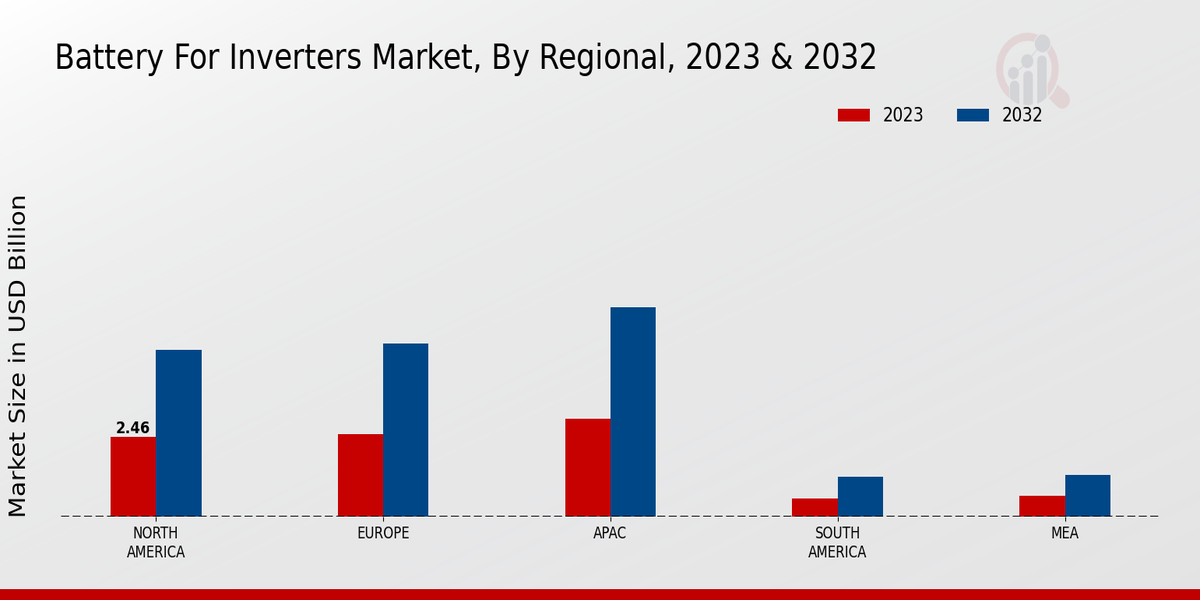
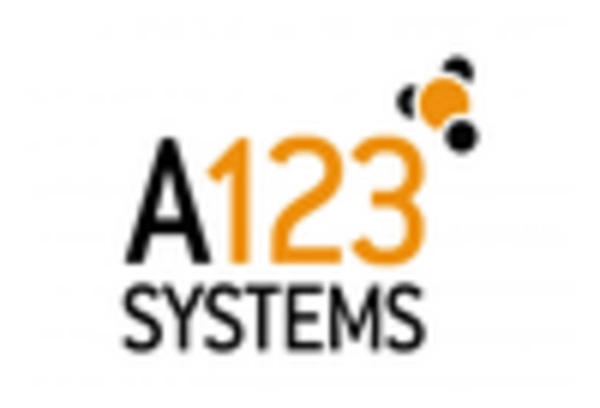

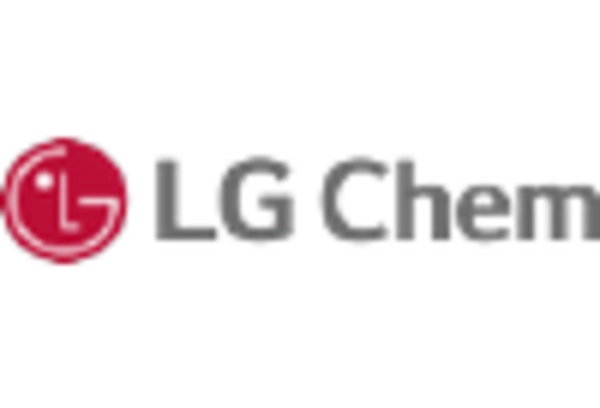
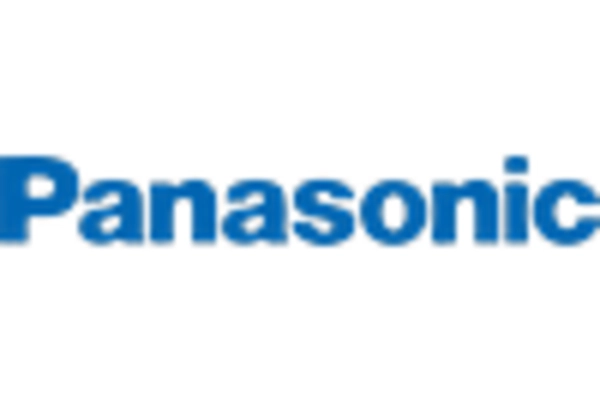
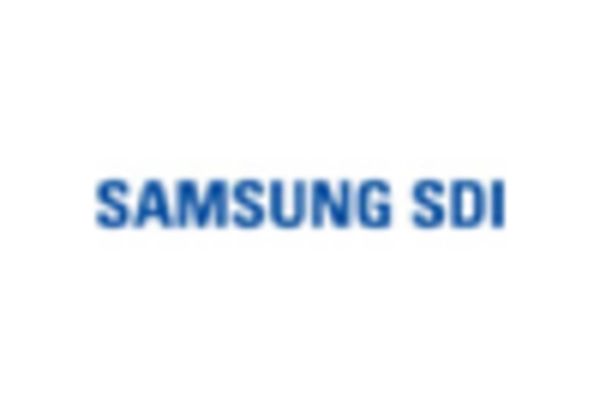
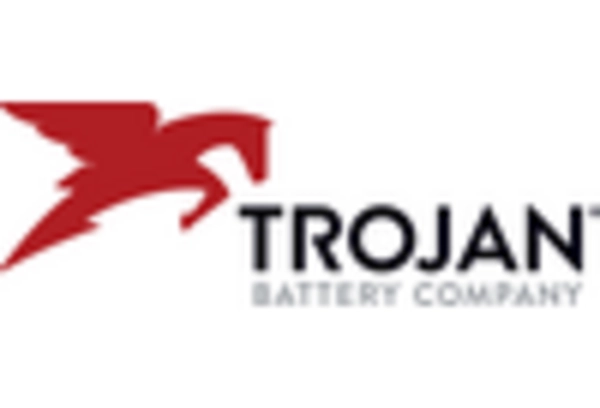








Leave a Comment